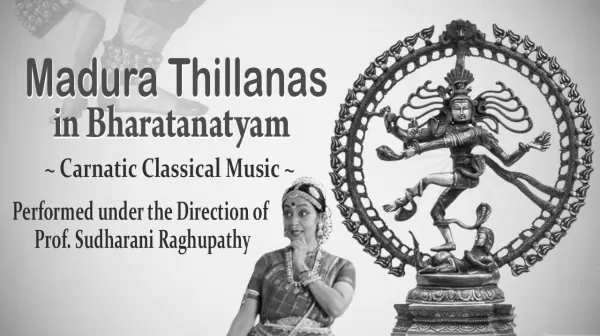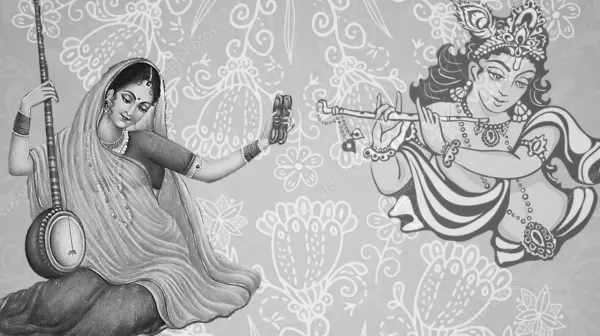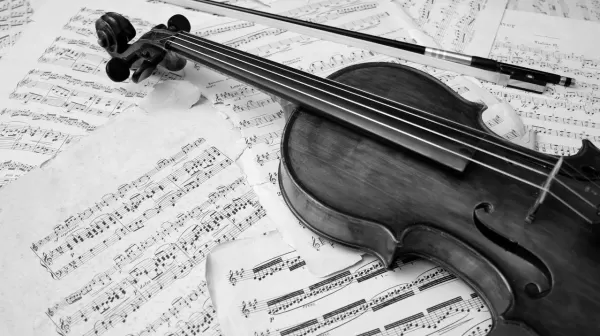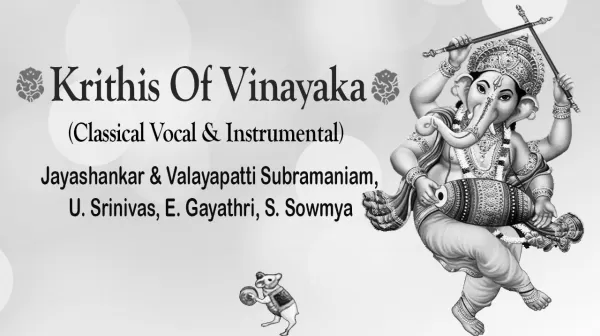Classical Instrumental ❤️ Veena ❤️ Mokshamu Galada ❤️ E.Gayathri
The earliest Veena was an instrument of the harp type whose type survives in the Burmese harp, whereas in the last centuries and nowadays, the word has tended to be applied to instruments of the lute type or even, recently, to certain kinds of guitars developed in India. The more popular sitar is believed to have been derived from a type of Veena which was modified by a Mughal court musician to conform with the tastes of his Persian patrons. A person who plays a Veena is called a vainika. The present form of Carnatic music is based on historical developments that can be traced to the 15th - 16th centuries AD and thereafter. It is said to have originated in the South Indian state of Karnataka. Like Hindustani music, Carnatic music is melodic, with improvised variations, but tends to have more fixed compositions. It consists of a composition with improvised embellishments added to the piece in the forms of Raga Alapana, Kalpanaswaram, Neraval and, in the case of more advanced students, Ragam Tanam Pallavi (Raga, Tala, Pallavi). Echampati Gayathri, popularly known as "Veena Gayathri" is a veena exponent of the traditional Carnatic music. She was appointed by the Chief Minister of Tamil Nadu, J.Jayalalithaa, as the first Vice Chancellor of Tamil Nadu Music and Fine Arts University in November, 2013. E.Gayathri received the Sangeet Natak Akademi Award in 2002, the "Kalaimamani" award from Dr. M. G. R. on behalf of the Government of Tamil Nadu in 1984 and a Lifetime Achievement Award from the Rotary Club, Madras East in 2011.
Playlist
Category
- 2 views










